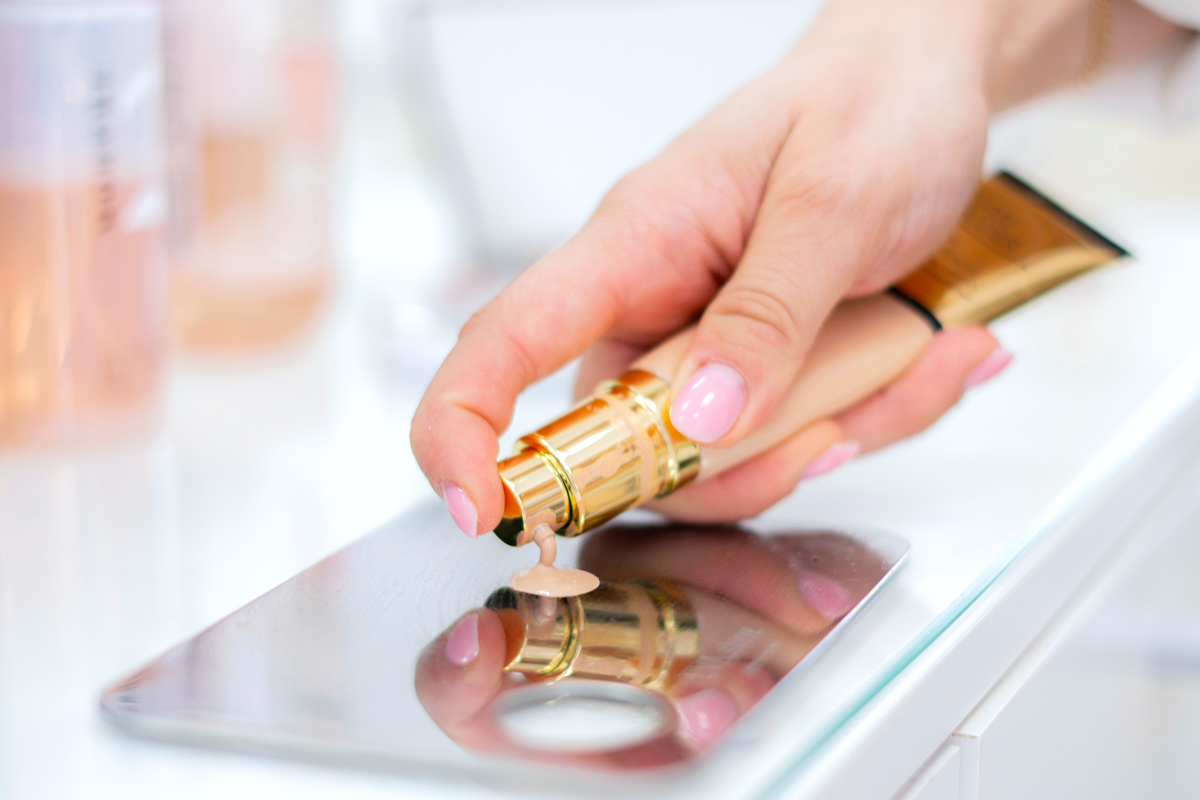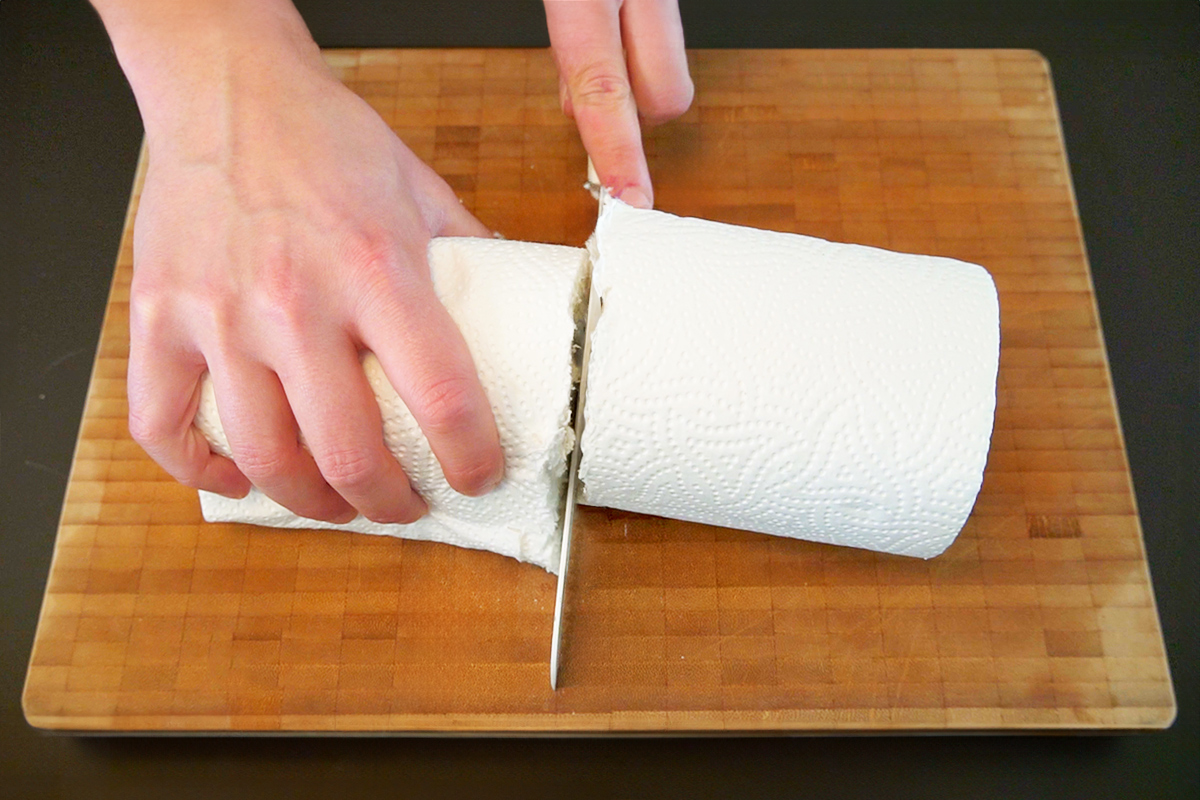If it seems like your foundation is applying a bit darker than it did a few months back, it’s likely your eyes aren’t playing tricks on you. Thanks to commonly used ingredients in foundations (such as iron oxides), formulas can react with air and/or light and oxidize, causing a color change on the skin, Krupa Koestline, a cosmetic biochemist, explains. The chemical change can also be triggered by pH levels and natural oils in the skin, though Koestline is careful to specify that oily skin is not to blame here. “Once foundation is applied, it’s exposed to all of these elements, and that’s what causes the color shift,” she says. "Things like your skin’s pH and the environment also make a big impact.”
The good news is, even when oxidized, foundations are typically still safe to use (provided they don’t show signs of expiration, such as separation or change in scent). “Oxidation changes the color, not the safety of the formula,” Koestline says. So, don’t trash the bottle!
While there’s no way to reverse oxidation itself, there are work-arounds. For example, if your foundation has darkened in color, Koestline suggests blending it with a lighter shade and/or a little moisturizer to achieve your best shade match. To help combat oxidization, the chemist suggests using a primer before applying foundation. “It helps create a barrier so your foundation won't react as easily with your skin’s pH,” she says. Koestline also advocates for using oil-free or low-oil foundation products, which are less likely to oxidize as quickly. Ditto for those loaded with antioxidants, such as vitamins A, C, and E. “Not all formulas oxidize. Some contain antioxidants to help mitigate it,” she says. Finally, take proper care of your products to keep your makeup shade in check: Storing foundation in a cool, dark place and maintaining clean tools will also help reduce oxidation.
This article is for general informational purposes only.
Affiliate Disclaimer Medical Disclaimer
















 Unique Beauty is free for all users.
Unique Beauty is free for all users.